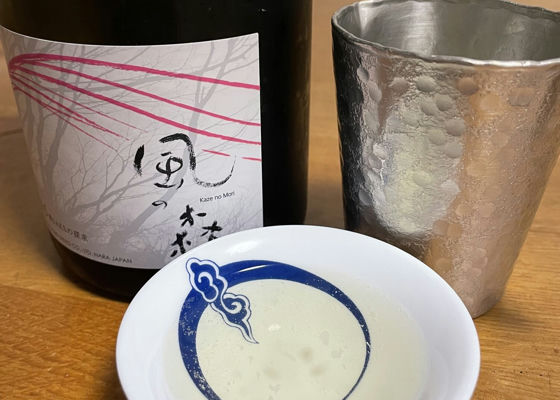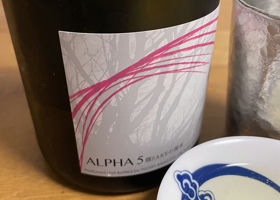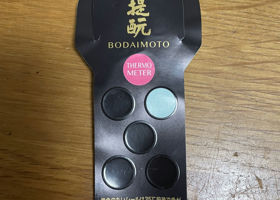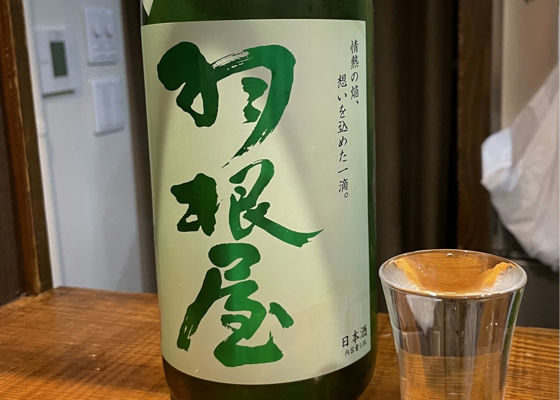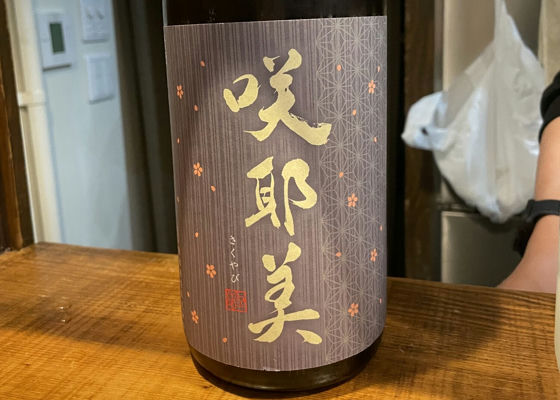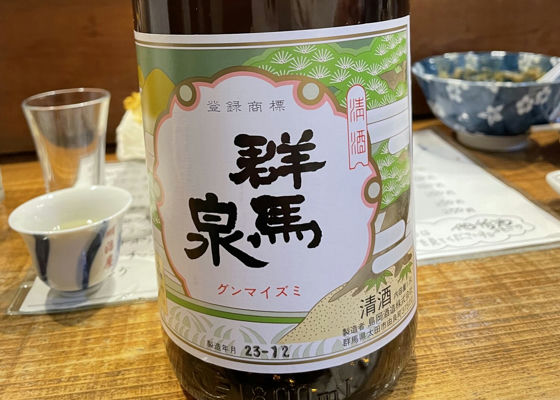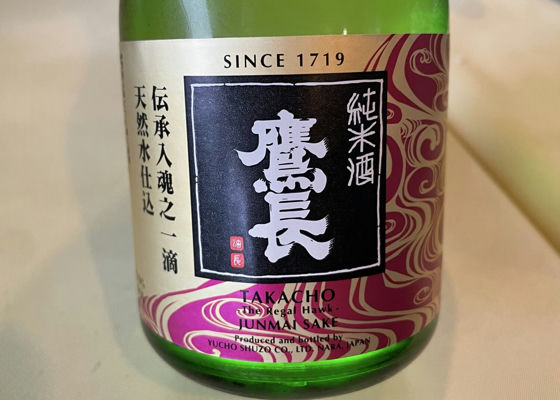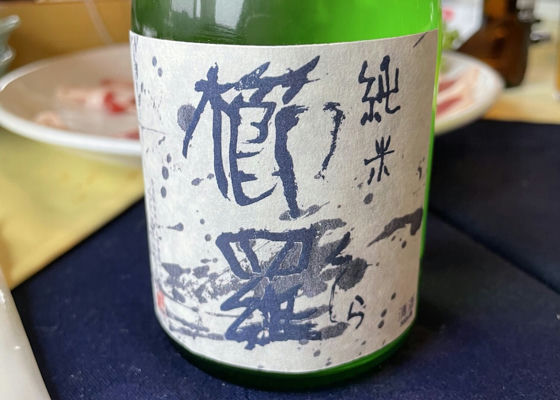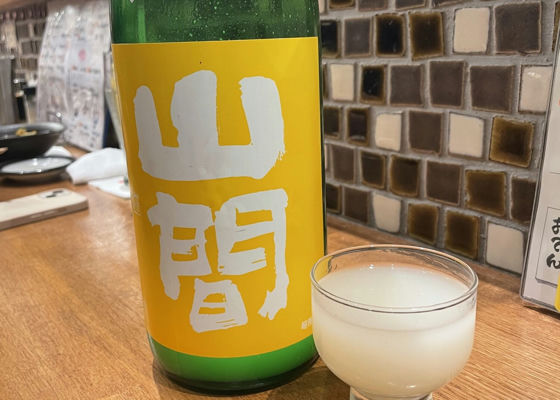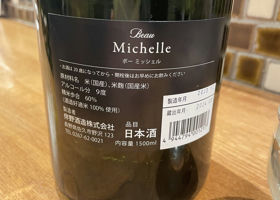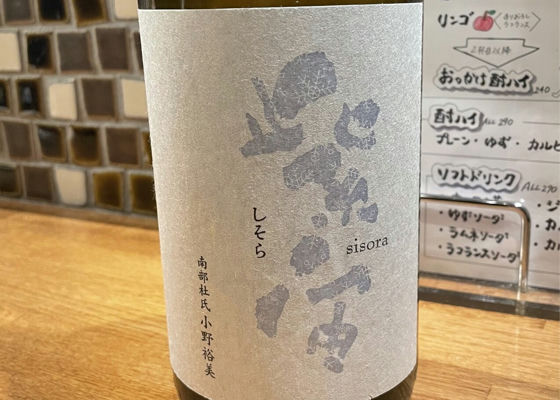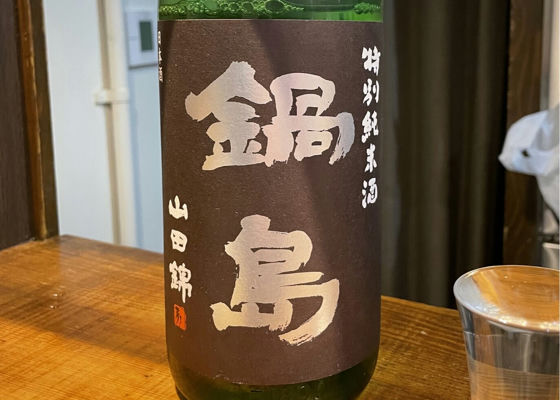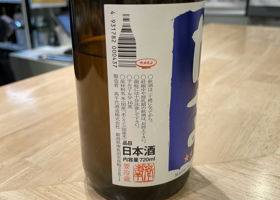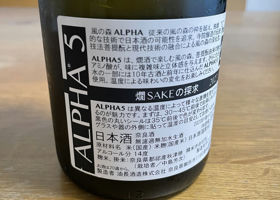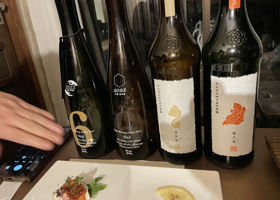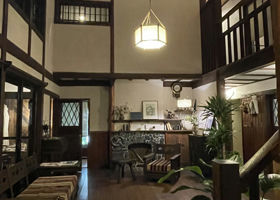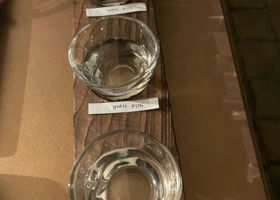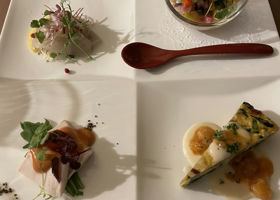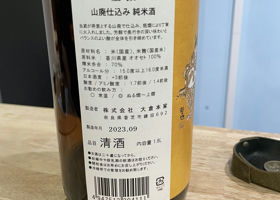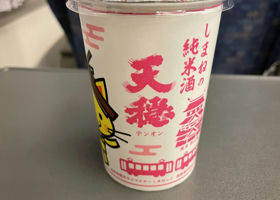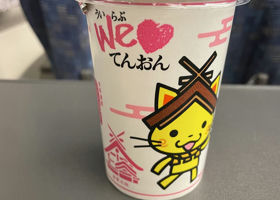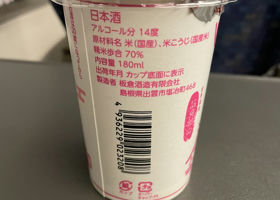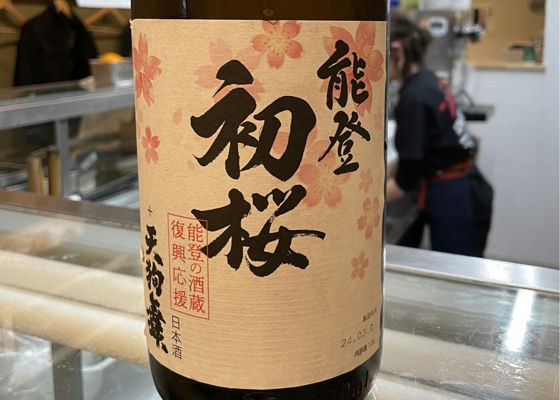


やす
Reconstruction assistance sake from Noto. This precious sake was brewed by blending Noto Hatsuzakura Honjozo, which miraculously survived the total destruction of Sakurada Sake Brewery, with Tengumai.
The entrance aroma is moderately voluminous with a gentle acidity. The aroma is more subdued than one might expect from the pale yellowish color.
In the mouth, the thick acidity envelopes the matured flavor that makes you think this is Tengu Mai. After that, the umami does not spread like Tengumai's standard Yamahai, and it finishes with a light mouthfeel in a good sense.
A light, matured Tengu Mai. Delicious.
I ordered it for my first glass and it tasted just right 🍶 I think it is perfect as a mealtime sake.
Very precious sake, glad I was able to drink it as a show of support ✨✨.
Japanese>English




